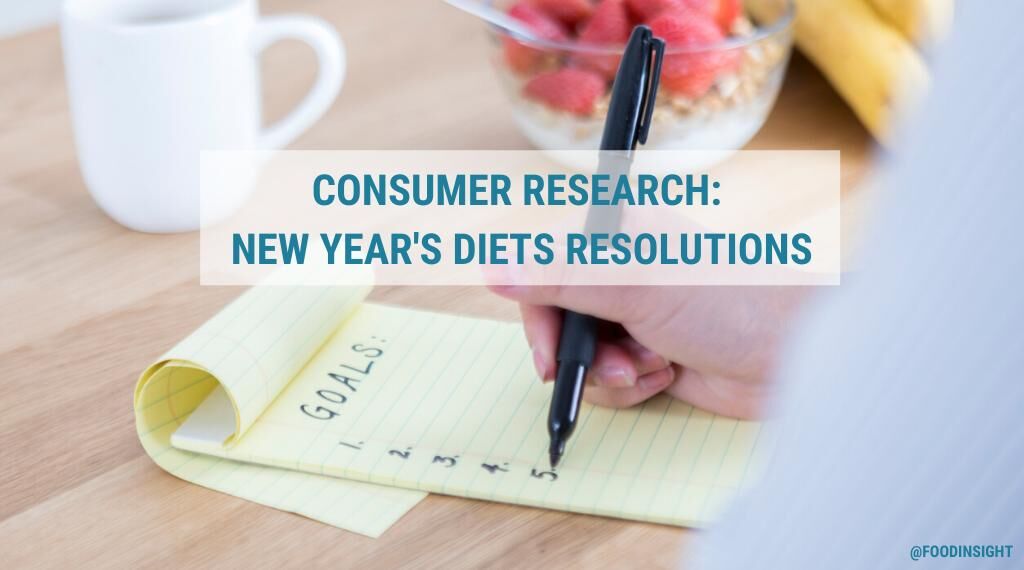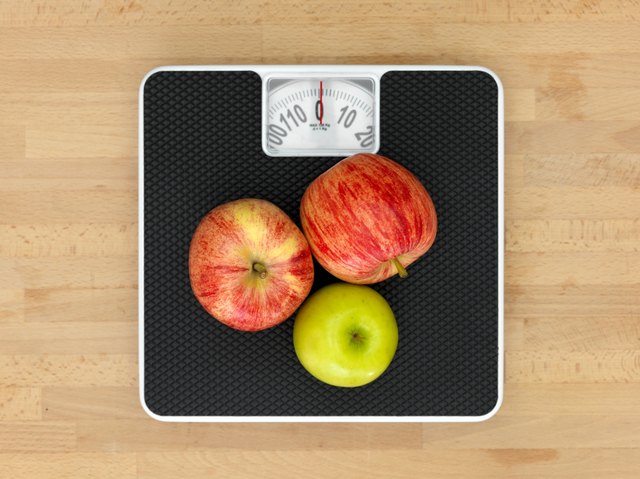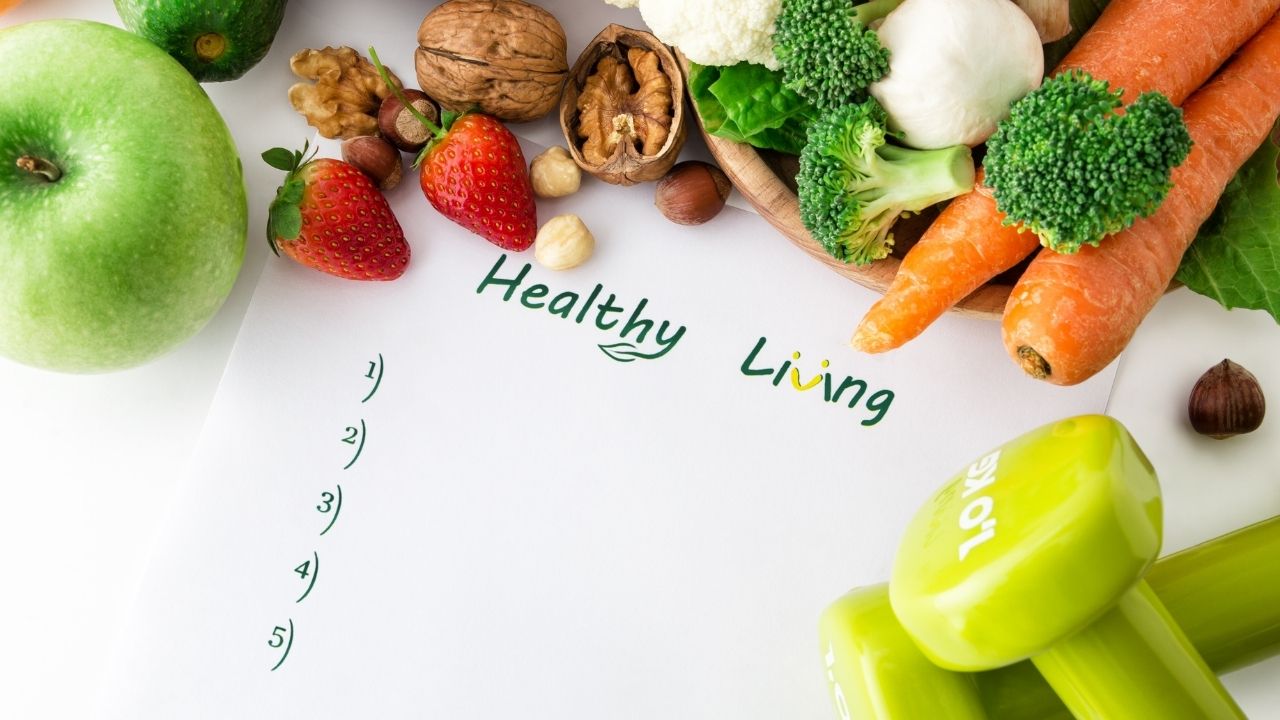
Lack of access to health food is a global health problem. Minority communities are the hardest hit by lack of access supermarkets, grocery chains, and sustainable food. This means that low-income individuals are often unable afford to eat the healthy foods they want. Additionally, crime and poverty are major barriers to healthy food. These issues have led the to a lack in local grocery stores and social programmes, which have reduced access to healthy foods for minority communities.
Lack of healthy food is a worldwide health problem. This is likely to be due to poor socioeconomic status as well as a lack genuine institutional support. Socioeconomic status has multiple effects on health and is linked to disease, even when the intervening mechanisms are changed. This suggests that policymakers should be mindful of the potential for wide-ranging societal interventions to increase access and quality food. This approach may be particularly valuable in communities with low socioeconomic status and minority populations.

Accessibility to shops is another factor that can influence food choice. This relates to resources and geographic location, and is a key determinant of how readily people can access healthy foods. Many low-income communities and rural areas lack easy access to grocery stores or markets. These local food markets often offer low-nutrient foods while larger supermarkets might have more variety. Because of the high cost of healthful foods, increasing access is not enough to increase consumption.
The private sector can play a role in increasing access to healthy food. Lower prices can help companies make healthy foods more accessible. They can also increase distribution and reach vulnerable customers. A company can make healthier food more easily accessible and affordable, which will help improve access to nutritious foods. Despite the difficulty of purchasing food, the private market can make it more accessible for consumers to choose a healthier lifestyle.
Private sector has been seen as both part of the problem, and a solution. Businesses can increase the availability of healthy food by providing affordable prices and distributing it widely. These companies can increase access to healthy food in communities. These companies can make it cheaper, which will improve the quality and health of these communities. But the private sector should also be doing their part to improve the situation. For example, by providing more transportation options, food businesses can provide healthier foods in areas where it is not viable to have them.

The environment in which a person lives has a direct impact on their health. It is crucial to create an environment conducive for healthy eating. A nutritious diet is vital. This cannot be overemphasized. Having a convenient and affordable environment is a necessity for a healthy life. A healthy community will have a better quality of life. People can become less healthy if there is not enough infrastructure.
FAQ
Are there any side effects to intermittent fasting
There are no known negative side effects of intermittent fasting. If you don't plan well, you may experience minor issues.
If you skip breakfast, your day might be interrupted by irritability. You might also experience headaches, dizziness, fatigue, and muscle cramps.
These symptoms usually resolve within a few weeks.
How can busy people lose their weight?
It is best to eat less and exercise more to lose weight.
Overeating will lead to weight gain. You will gain weight if exercise isn't enough. If you combine these two simple behaviors, you can lose weight.
How long does it take for you to lose weight?
It takes time to lose weight. It usually takes six to eight months to lose 10%.
Remember that you should not expect to lose weight in a matter of hours. Your body needs time to adjust to new dietary changes.
This means that you should gradually change your diet over several days or weeks.
Fad diets should be stopped as they are often not effective. Instead, you should change your daily routine.
If you eat unhealthy snacks at night, you might want to cut back.
Instead, eat healthier meals at night. This will ensure that you don't snack late at night.
It is important to drink lots of water throughout the day. Water keeps your body hydrated and prevents dehydration. Dehydration makes you feel tired and sluggish.
A lot of water throughout the day is a great way to stay energized.
It is important to reduce stress levels through activities that allow you to relax. Spending time with loved one could help you reduce stress.
You can also listen to music or read books.
These activities can help you relax from stressful situations. They will also improve your mood, self-esteem, and overall well-being.
You should consider your health when trying to lose weight.
Your physical health is a sign of your overall health. Proper nutrition and regular exercise are essential to staying fit.
How do I create an exercise routine?
The first step is to create a routine for yourself. You must know what you will do each and every day, as well as how long it will take. This helps you plan and prevents procrastination.
Second, make sure that your workouts are varied. Exercise shouldn't be boring. Otherwise, you'll lose motivation.
Keep track of your progress. It's crucial to track your weight changes over time.
It is easy to lose motivation after you have lost weight. You may find it difficult to stay motivated if your weight increases.
Find a healthy balance between losing weight and gaining weight. If you're not happy with where you are, then you'll be less likely to continue exercising.
Statistics
- One study in 9 active men found that HIIT burned 25–30% more calories per minute than other types of exercises, including weight training, cycling, and running on a treadmill (18Trusted Source (healthline.com)
- According to a study sponsored by the American Council on Exercise, a person weighing around 140 pounds (64 kg) would burn 108 calories at a 30-minute beginner's Pilates class or 168 calories at an advanced class of the same duration (26). (healthline.com)
- Among women, the increase in metabolic rate was nearly 4%, or 50 more calories per day (14Trusted Source (healthline.com)
- It's estimated that half of all American adults attempt to lose weight every year (1Trusted (healthline.com)
External Links
How To
How to exercise for weight loss
Exercise is one of the best ways to lose weight. Many people do not know how they should exercise. You should do cardio exercises, such as swimming, running, walking, swimming, etc., as well as strength training exercises, such as pulling up, pushingups, pull-ups and lunges. Combining these types of exercises is the best way to lose weight. You can start exercising by getting some friends involved. You can go to a gym, or you can just take a walk around the neighborhood. Whatever type of activity you choose, make sure that you stick with it consistently. It's easy for things to go wrong when you start exercising. Just keep going!